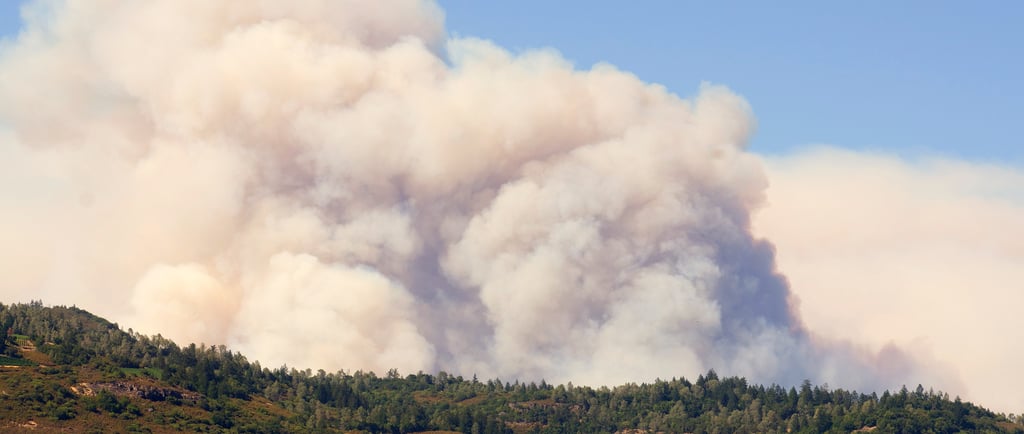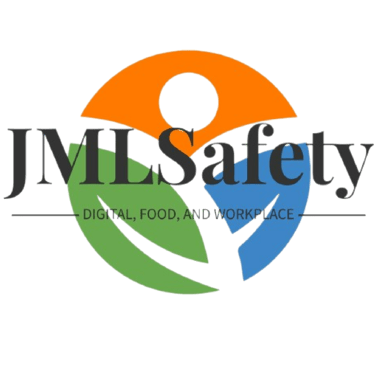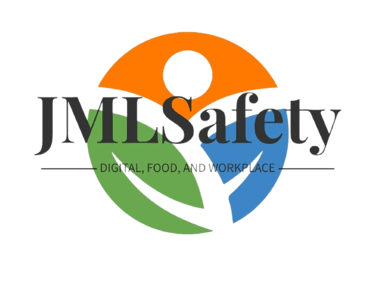🔥Wildfire Smoke Protections for Outdoor Work
As wildfire seasons intensify across North America, outdoor workers are increasingly exposed to hazardous air conditions—even when fires are hundreds of miles away. In this post, we break down Washington State’s wildfire smoke rules for employers, including AQI thresholds, mandatory training, written safety plans, and respirator requirements. Whether you’re managing crews in agriculture, construction, or utilities, it’s critical to understand your responsibilities and how to stay compliant. JML Safety LLC outlines what’s required, what actions to take at each air quality level, and how we can help support your program development and training efforts.


As summer heat continues, fuels in the forests in North America’s West dry out. These fuels once ignited, can cause serious airborne exposures for outdoor workers across the entire North American continent. Just because a fire is in Canada doesn’t mean it won’t affect the Northwest. Weather inversions and pressure systems can drag poor quality air from wildfires into our region, or wildfires in our region can produce similar airborne hazards. It is for this reason, WA Labor & Industries developed rules to protect outdoor workers. Here’s a summary of requirements.
Develop and write a plan or program with policies and procedures to protect workers. Provide training for workers and supervisors. This includes the effects of smoke and hazards associated with it, the AQI (Air Quality Index) monitoring system for supervisors to check regularly, assure a two-way communication system is in place for all workers, and prepare a method for prompt medical assistance if needed.
The AQI tables set thresholds for the amount of particles above certain limits that can be harmful. Zero to 70 is the normal range and you must have the above systems and plans in place. Once AQI exceeds 70, (71-100) you must implement measures for protection: Notify employees, assure all workers are trained to the provisions, provide voluntary use respirators like N-95. Between 101-350 you must implement exposure controls, make N-95 respirators available and encourage their use. Between 351 and 848, monitor workers for symptoms and provide medical attention, move to clean air, and distribute to each worker N-95 respirators. Between 849-956, require respiratory protection that utilizes a full written and implemented program including but not limited to, selection and use with specific tight-fitting respirators and cartridges that protect workers from smoke, care, maintenance, medical clearance and annual fit test, etc. At AQI 957 and above, assure any respirator used has a fit factor of at least 25.
JML Safety LLC can help you with many of the needed provisions to meet rule requirements. Please reach out to us for assistance.


